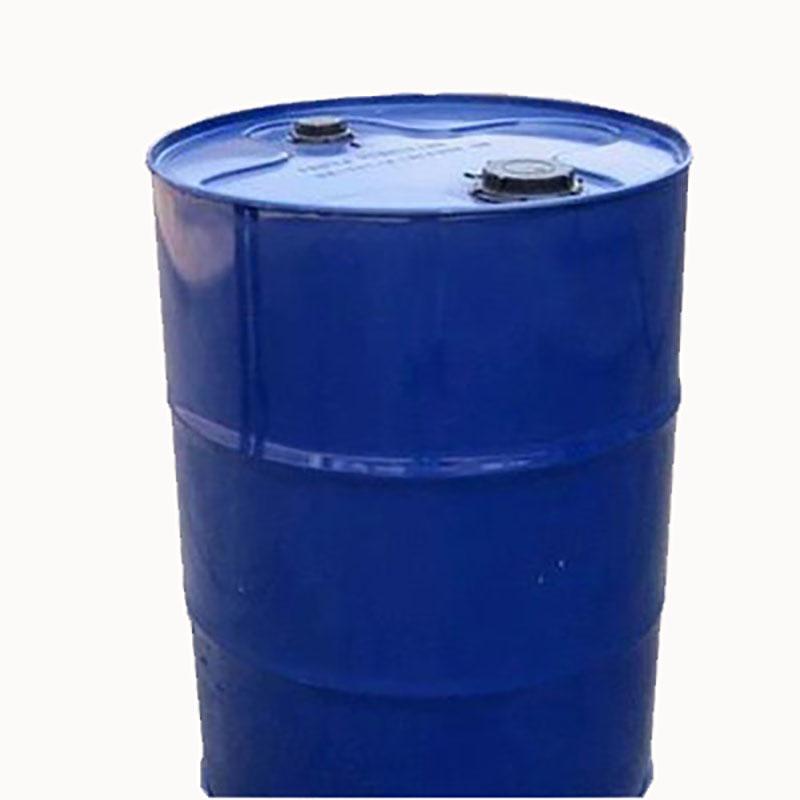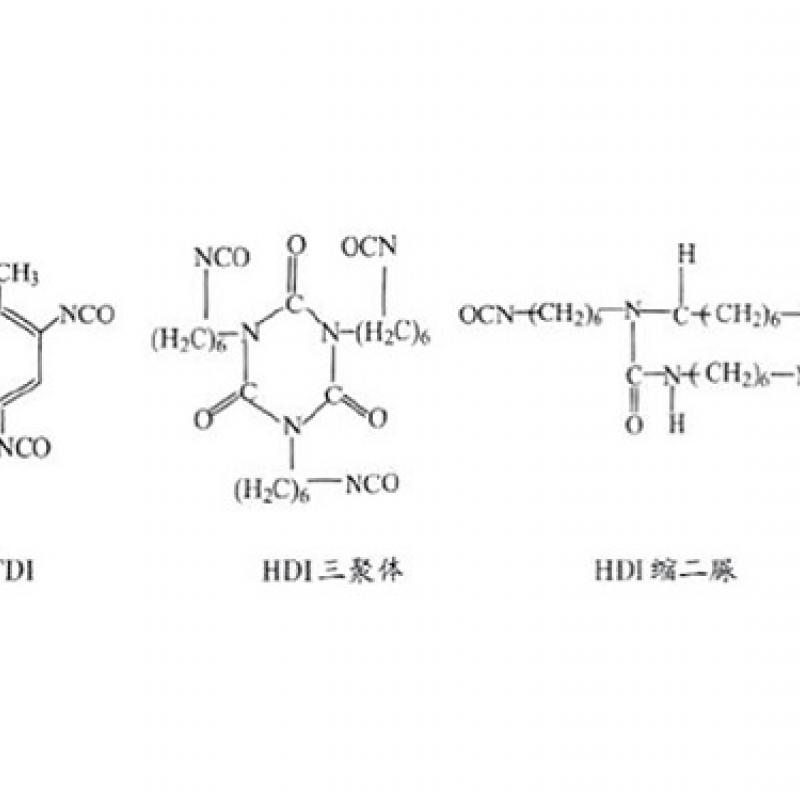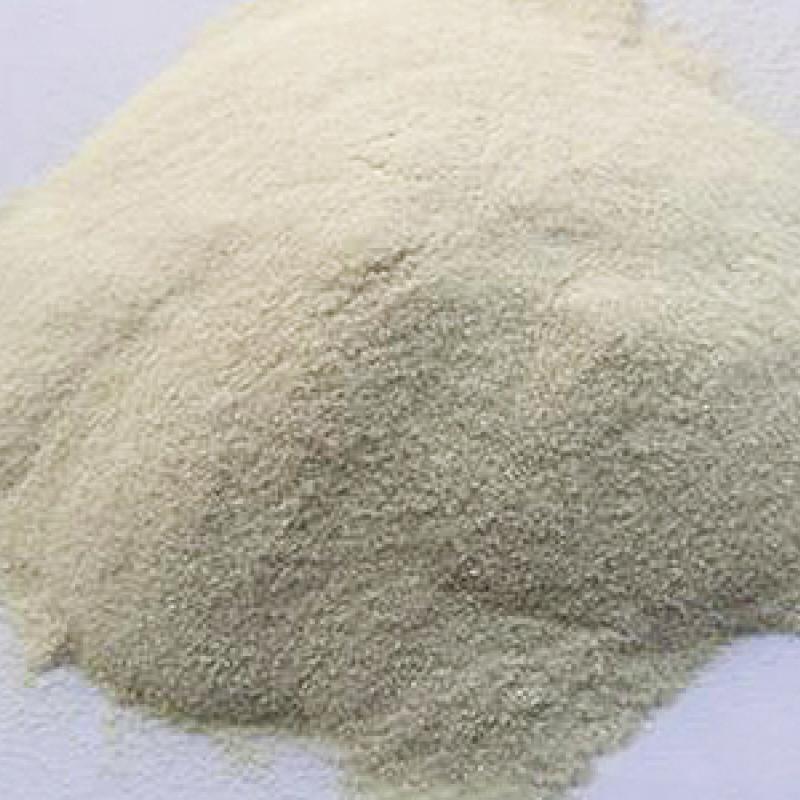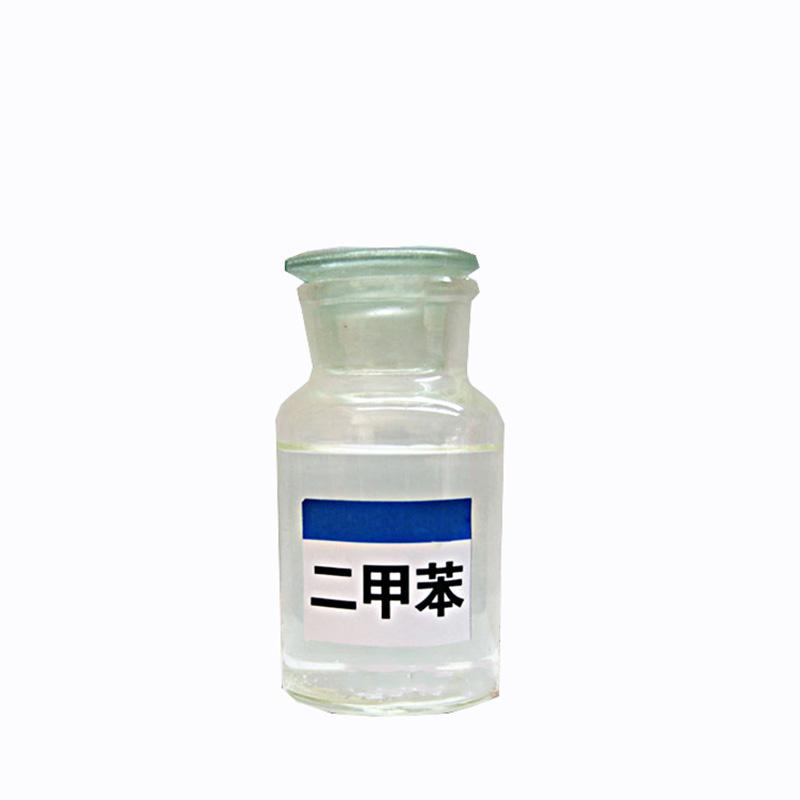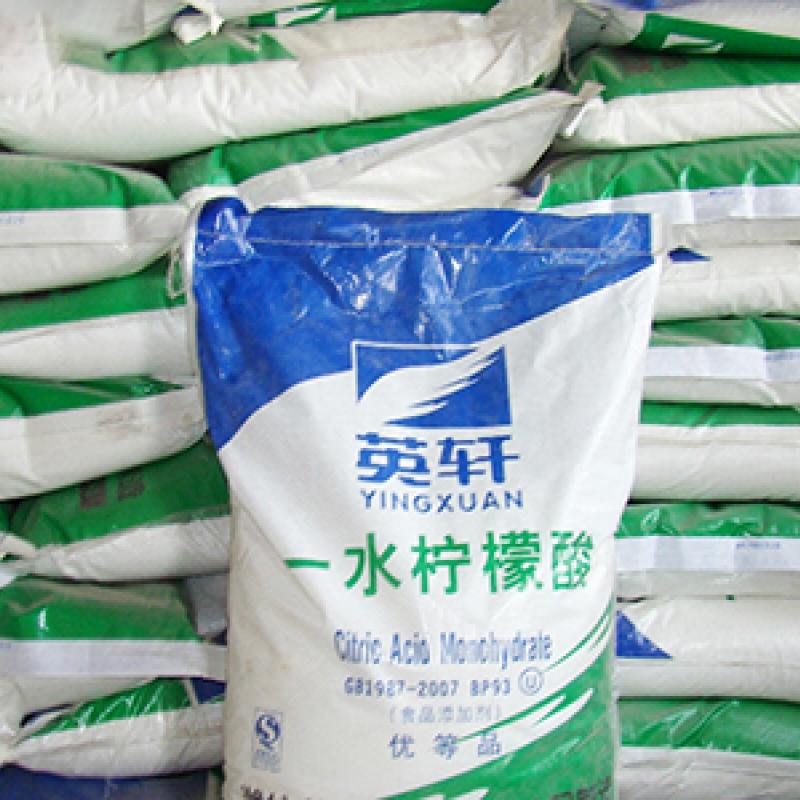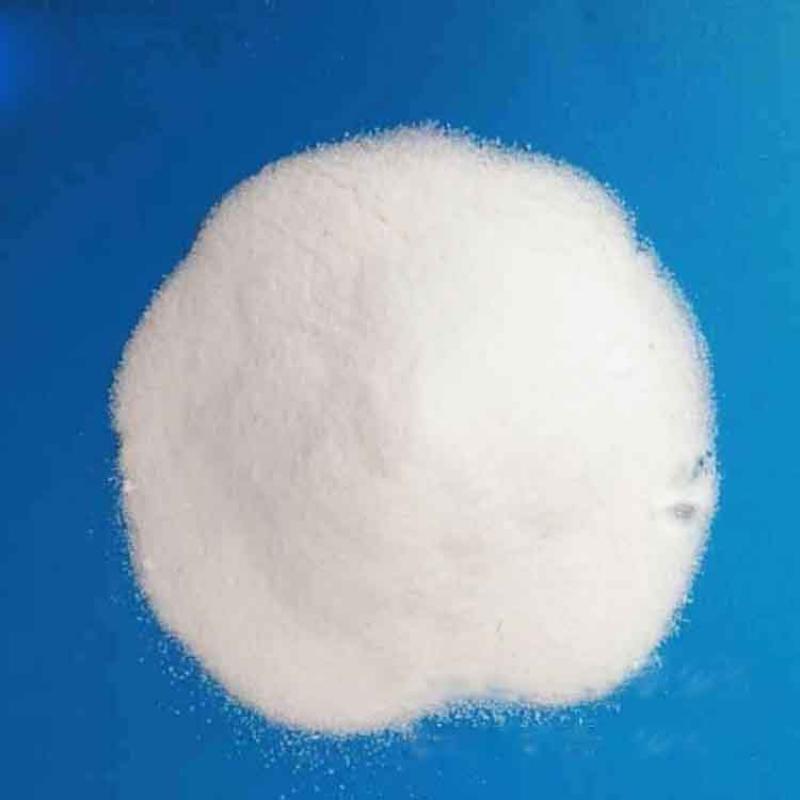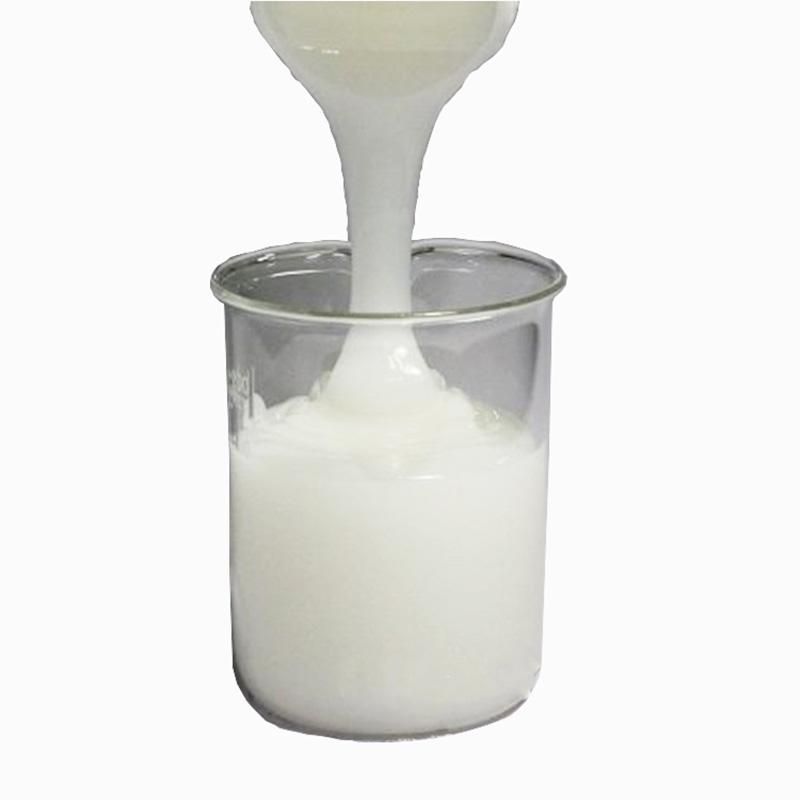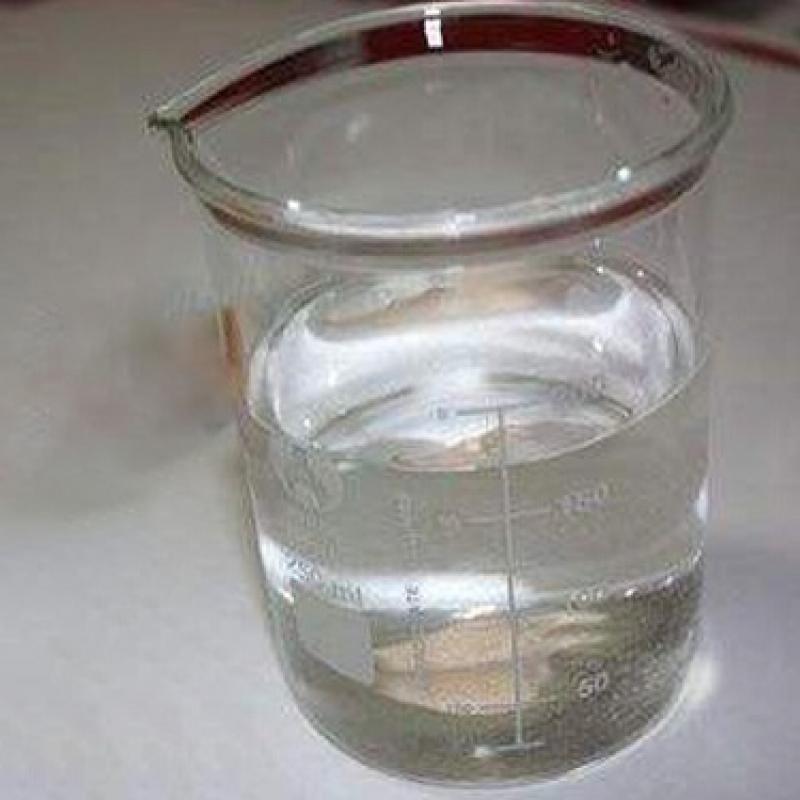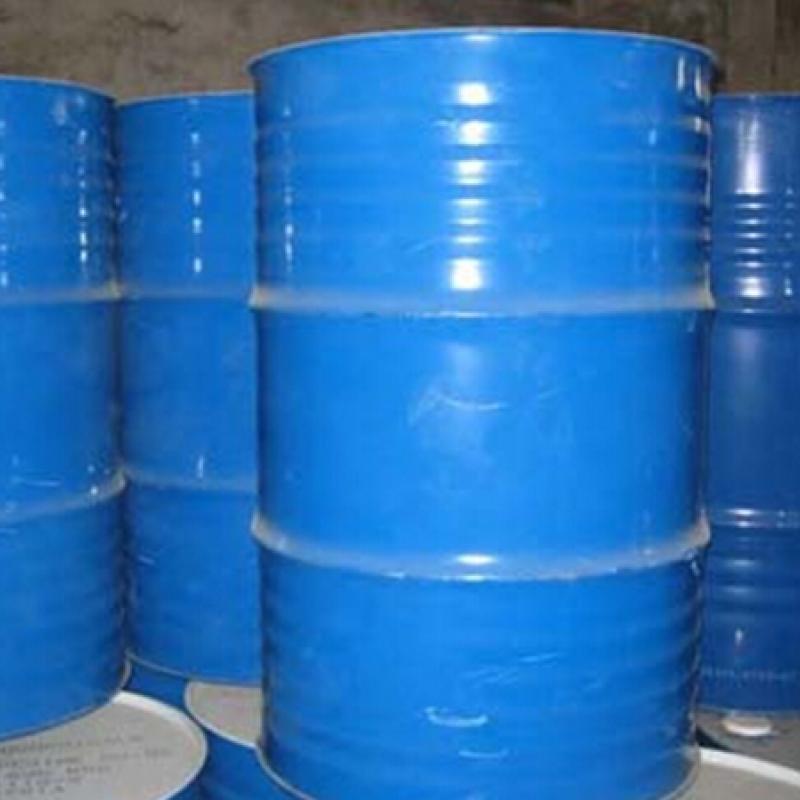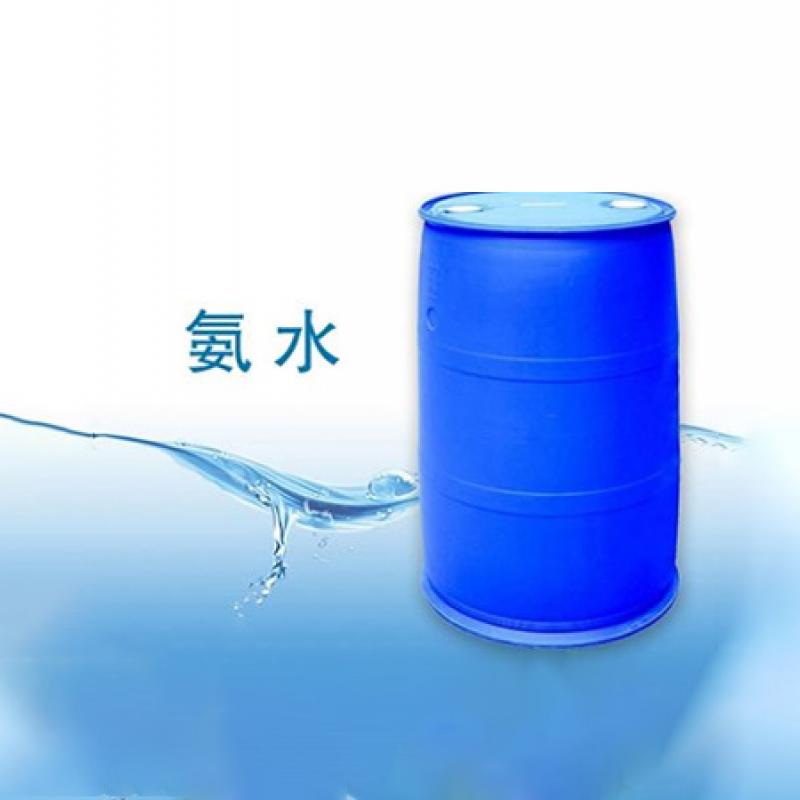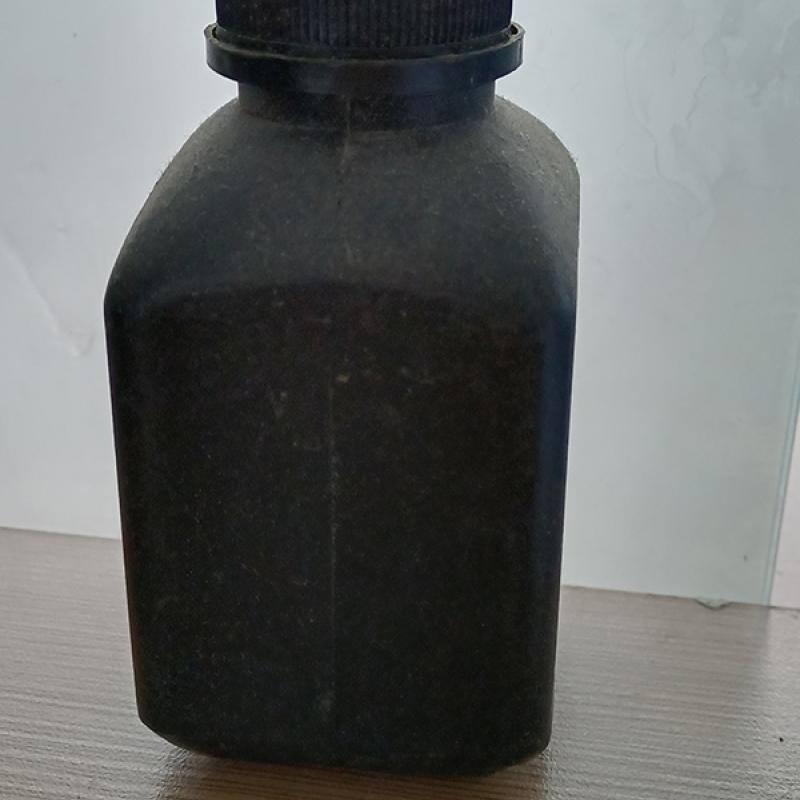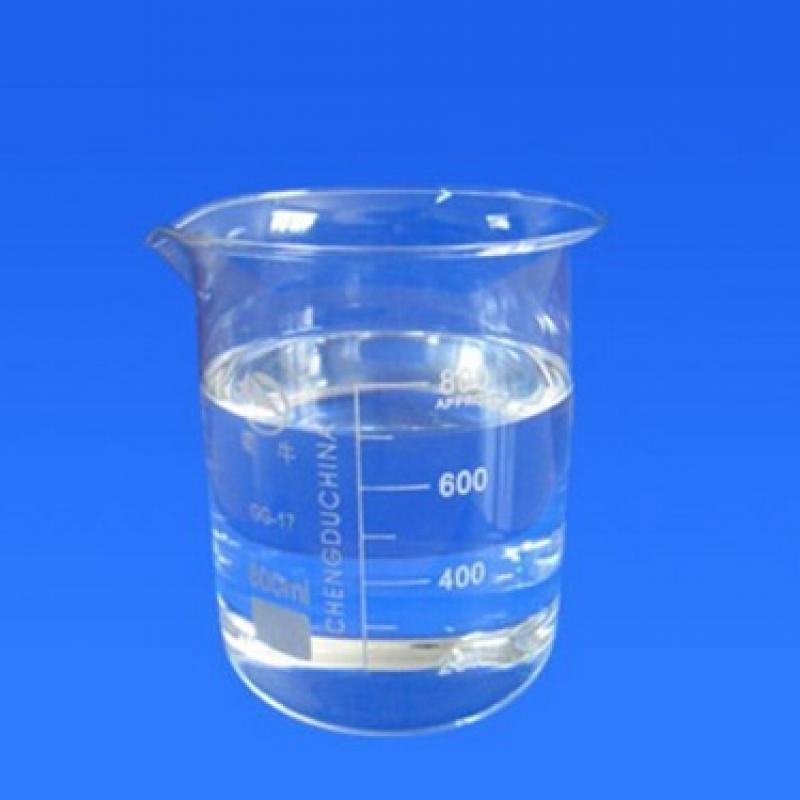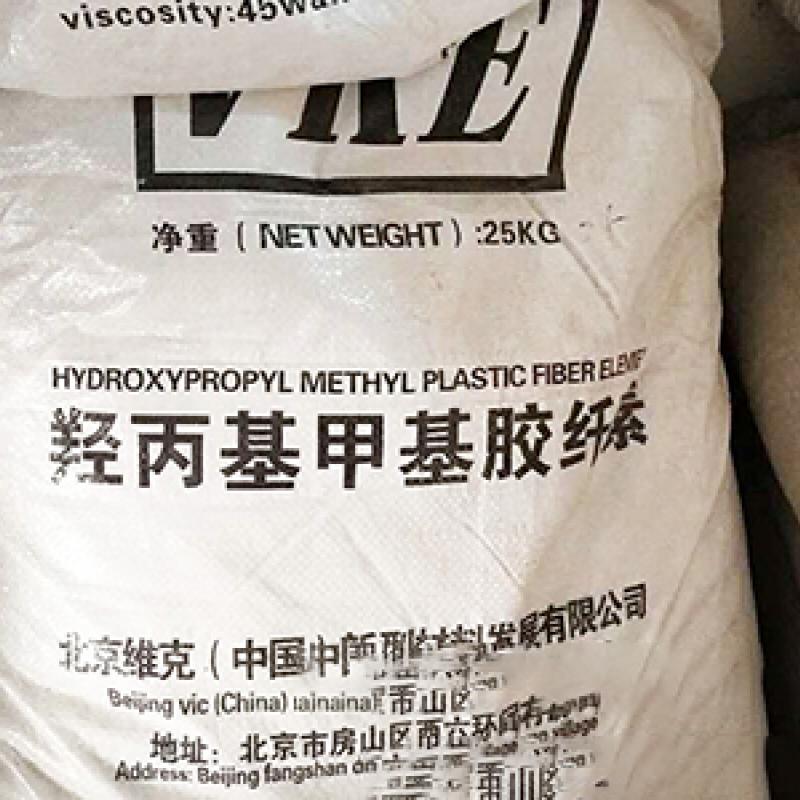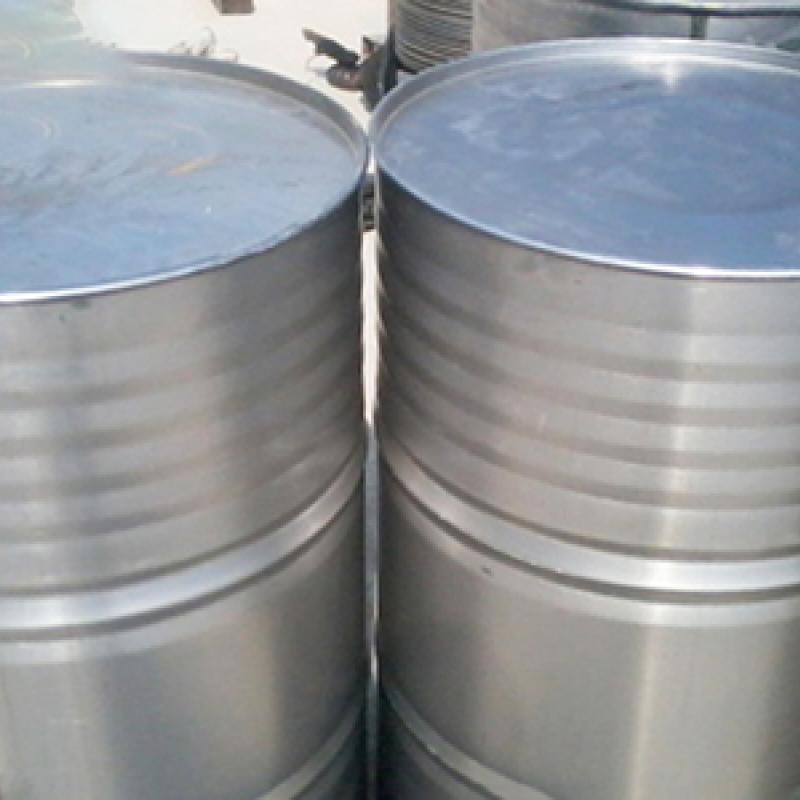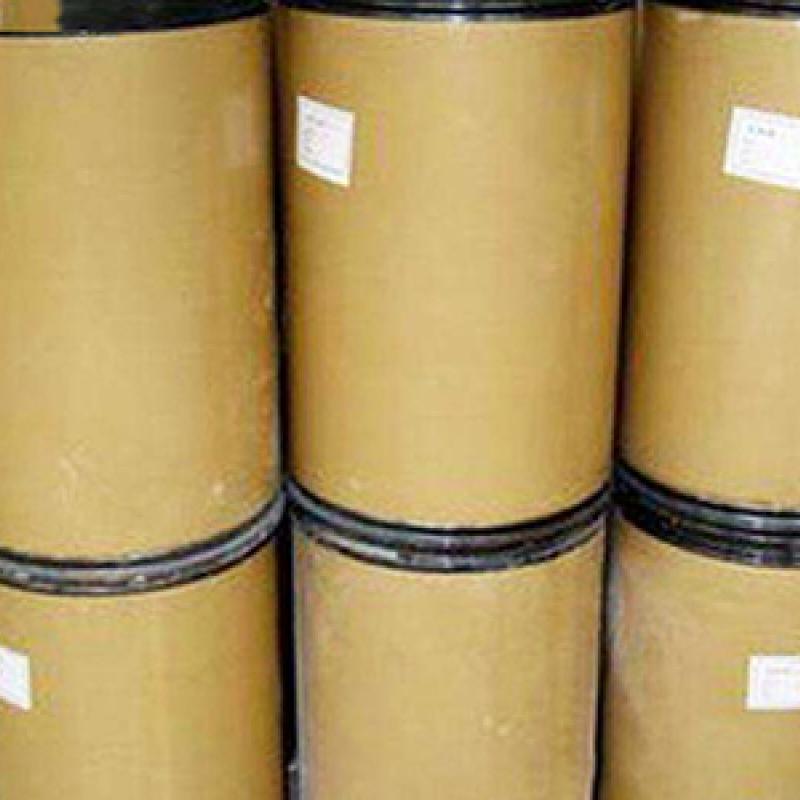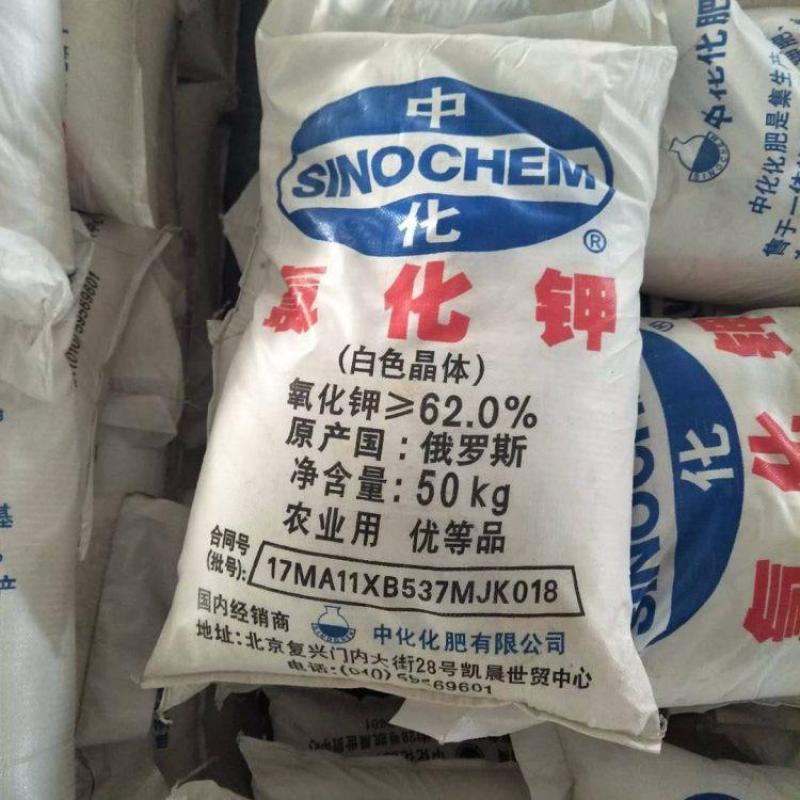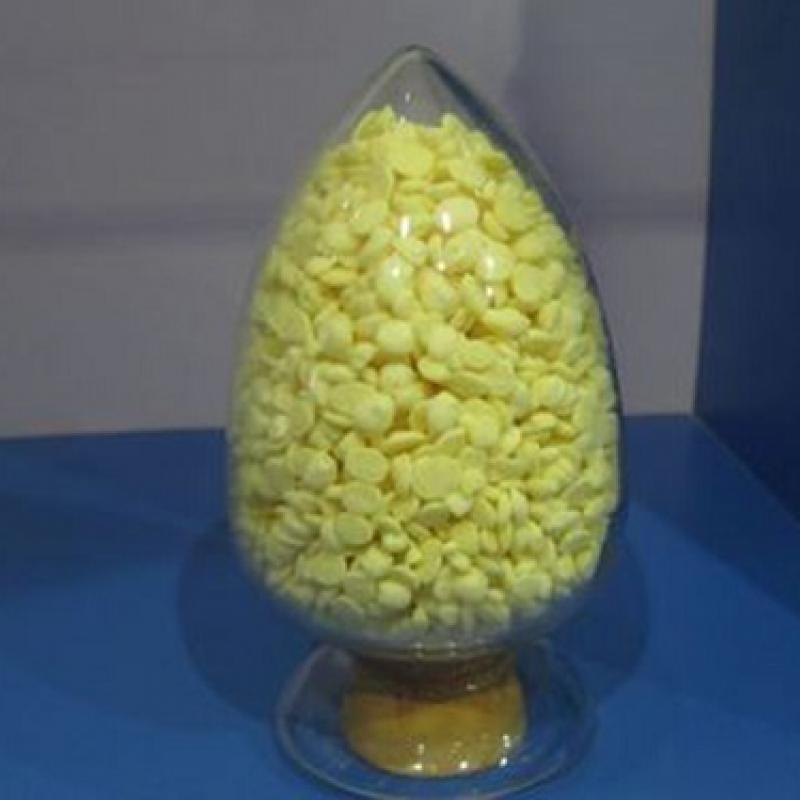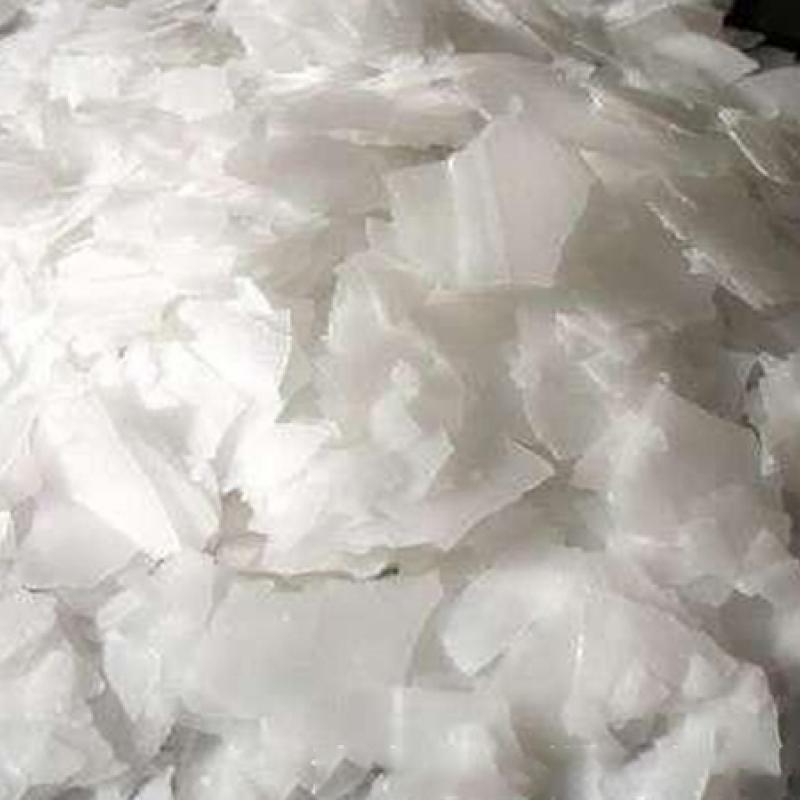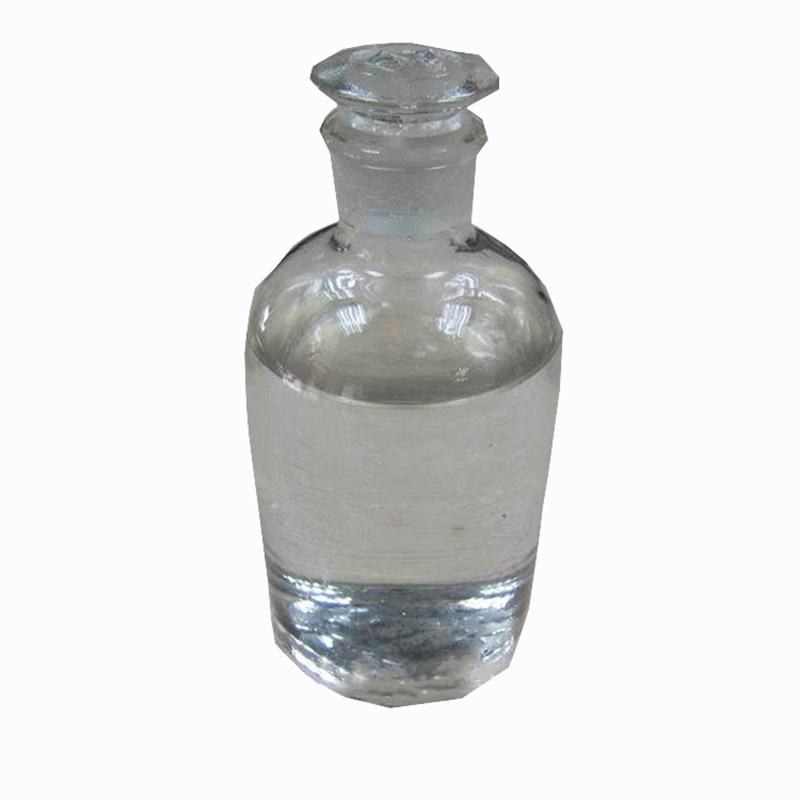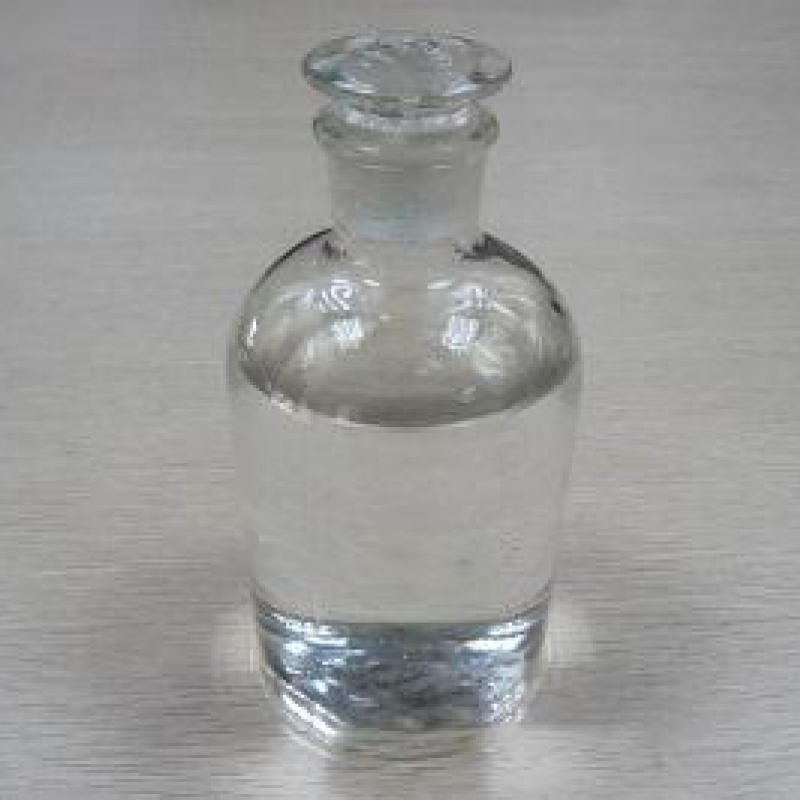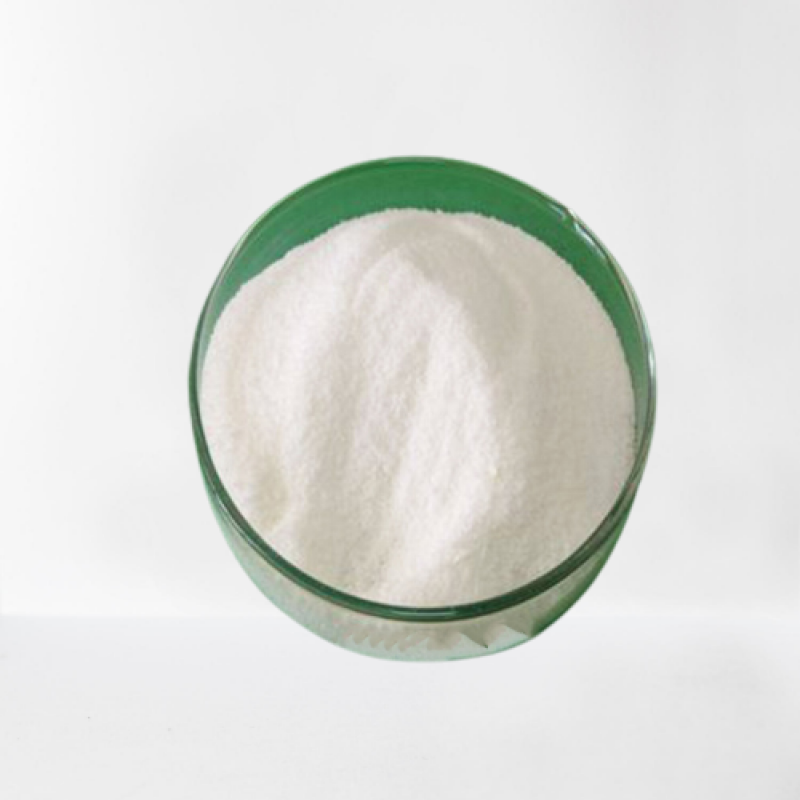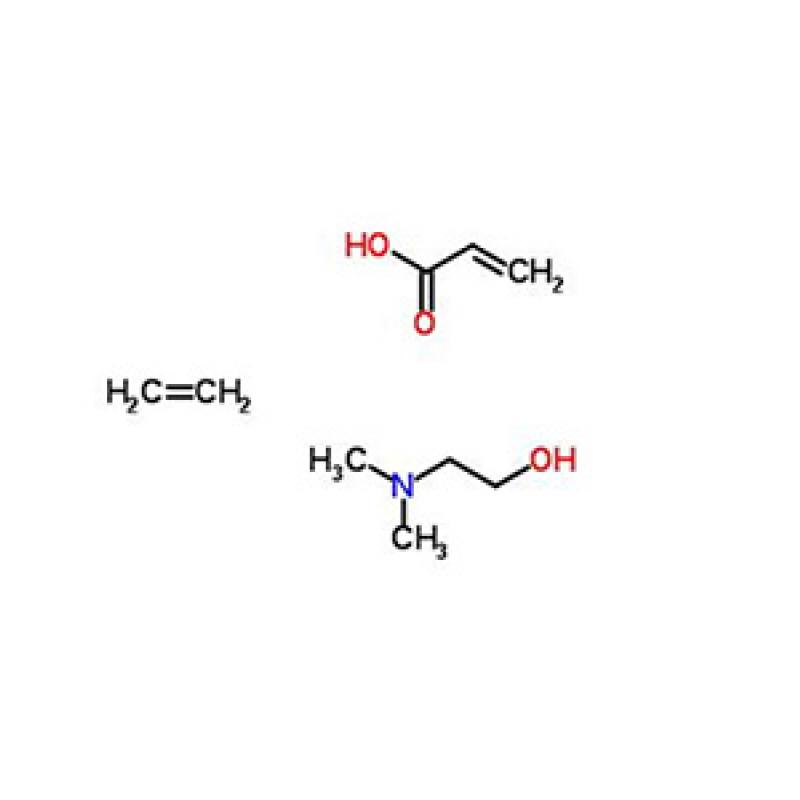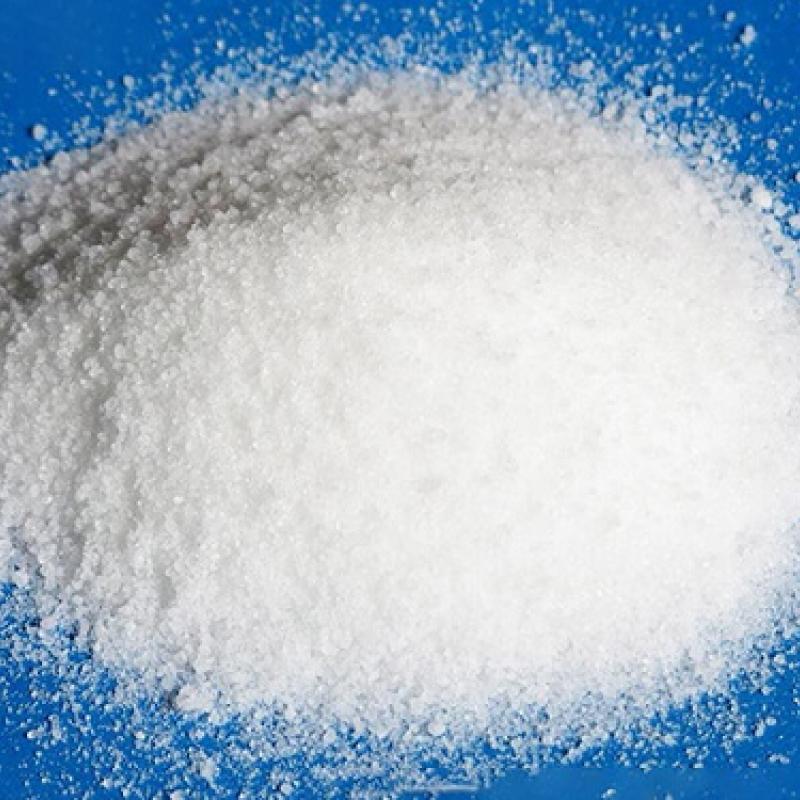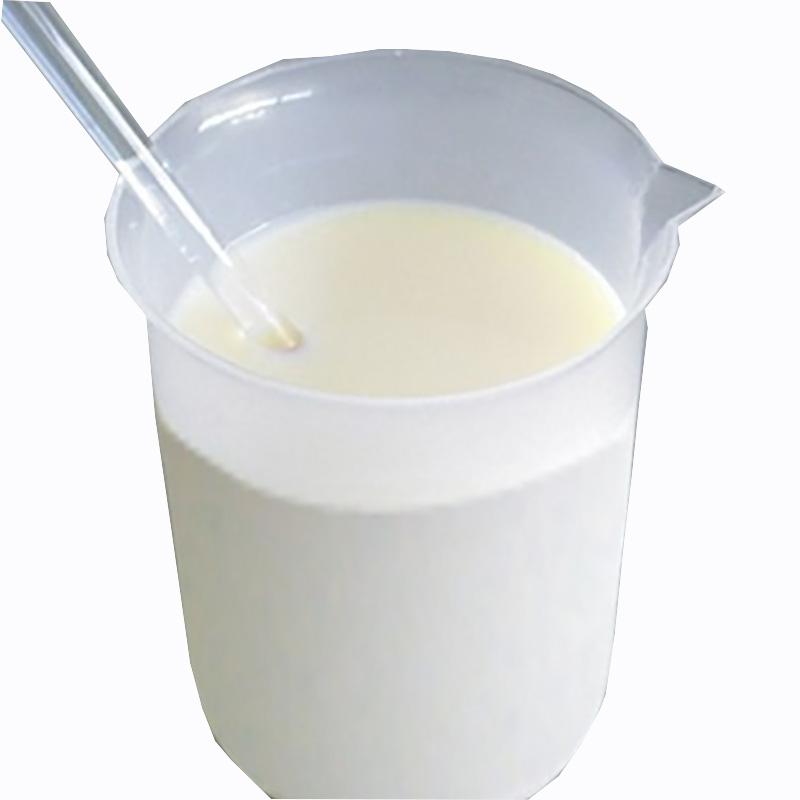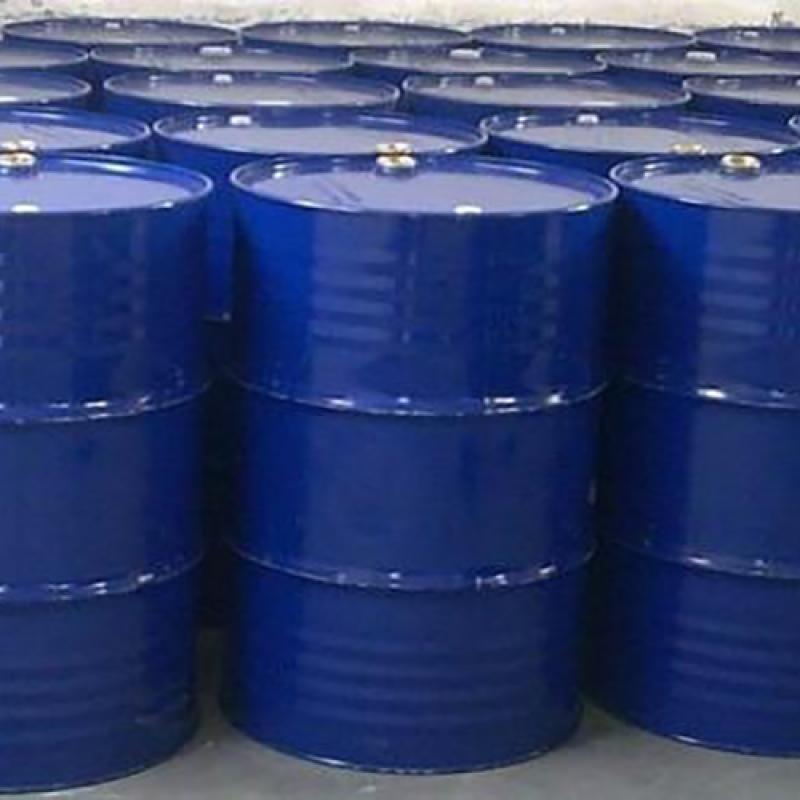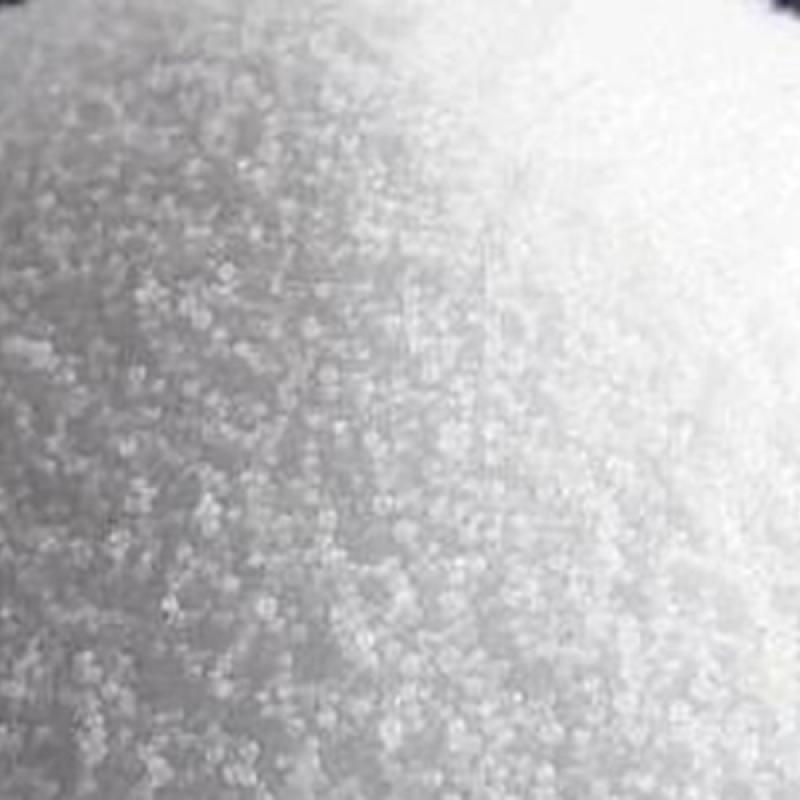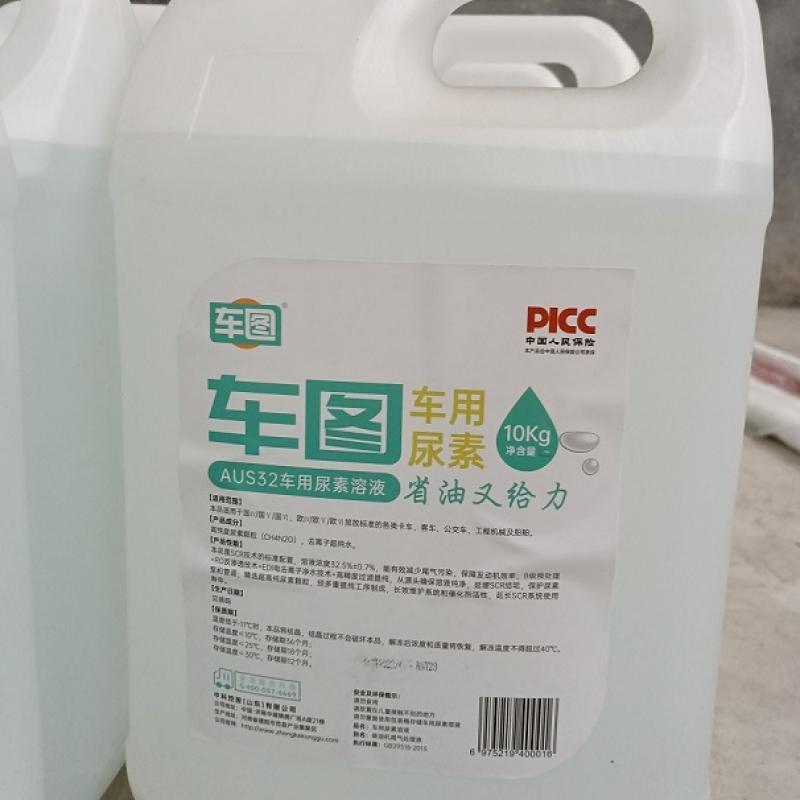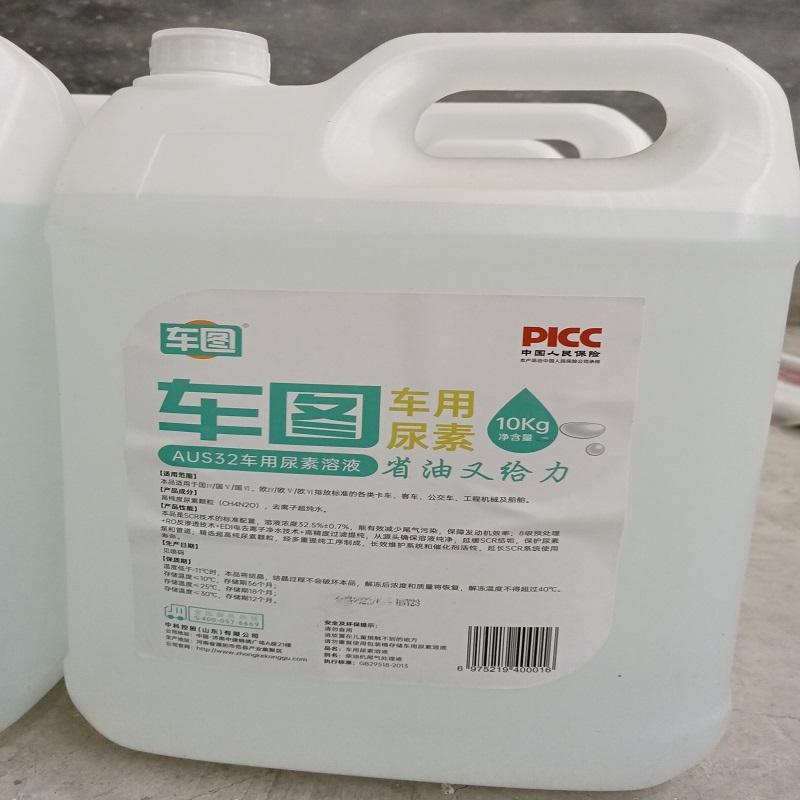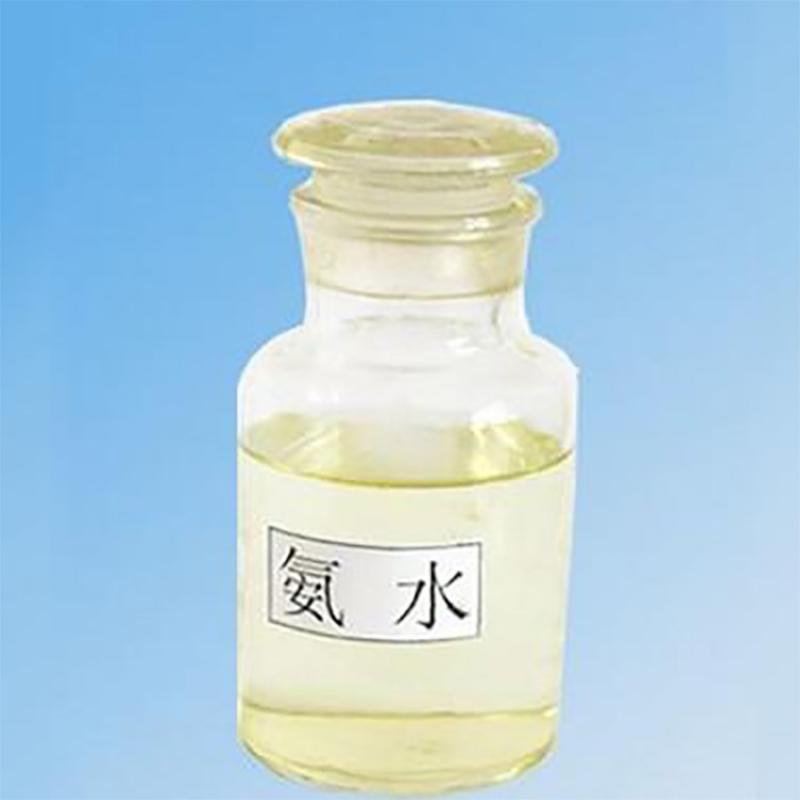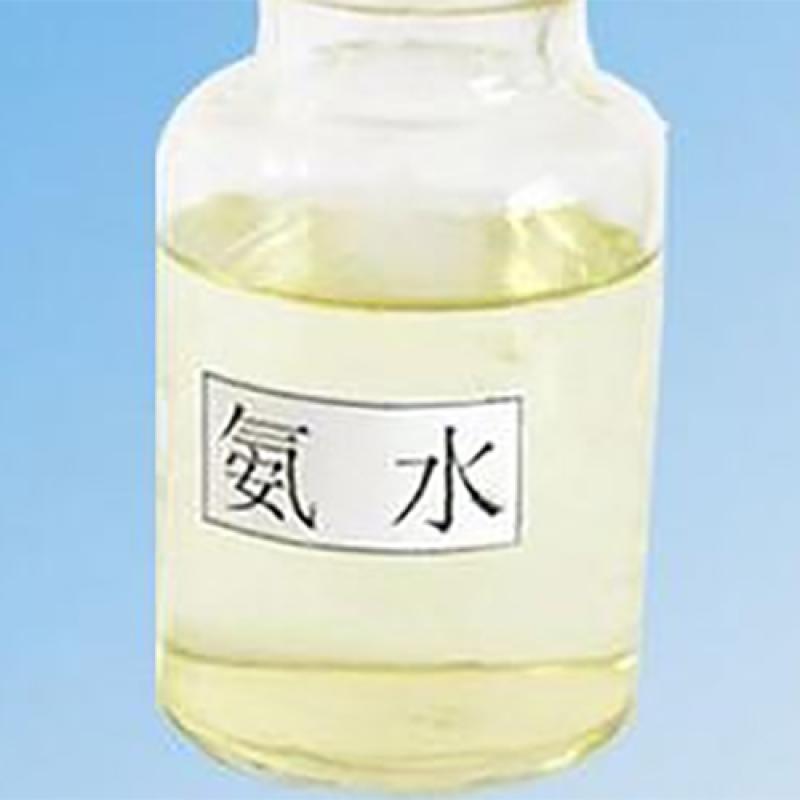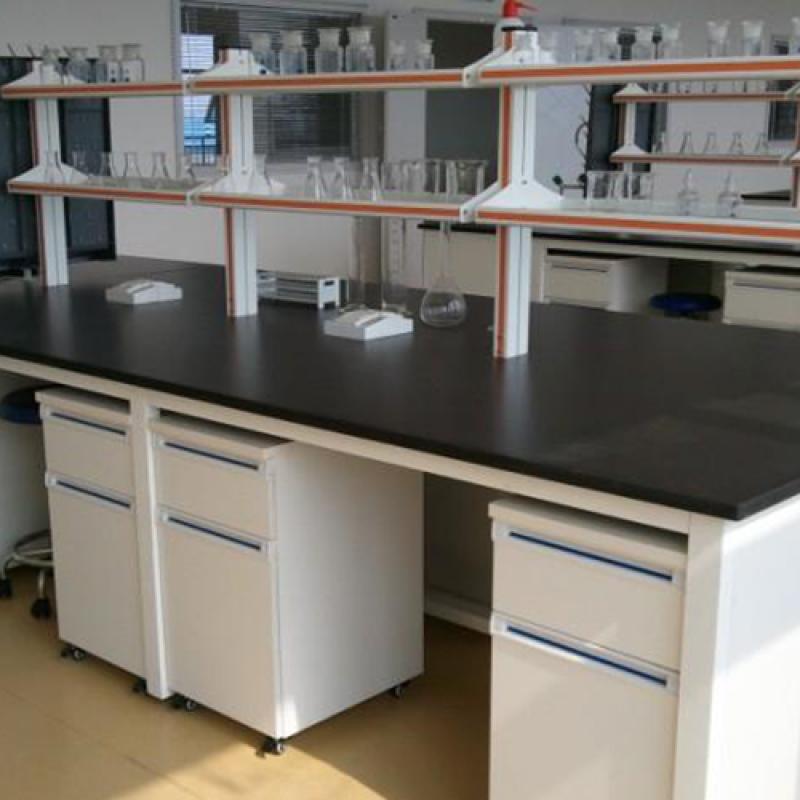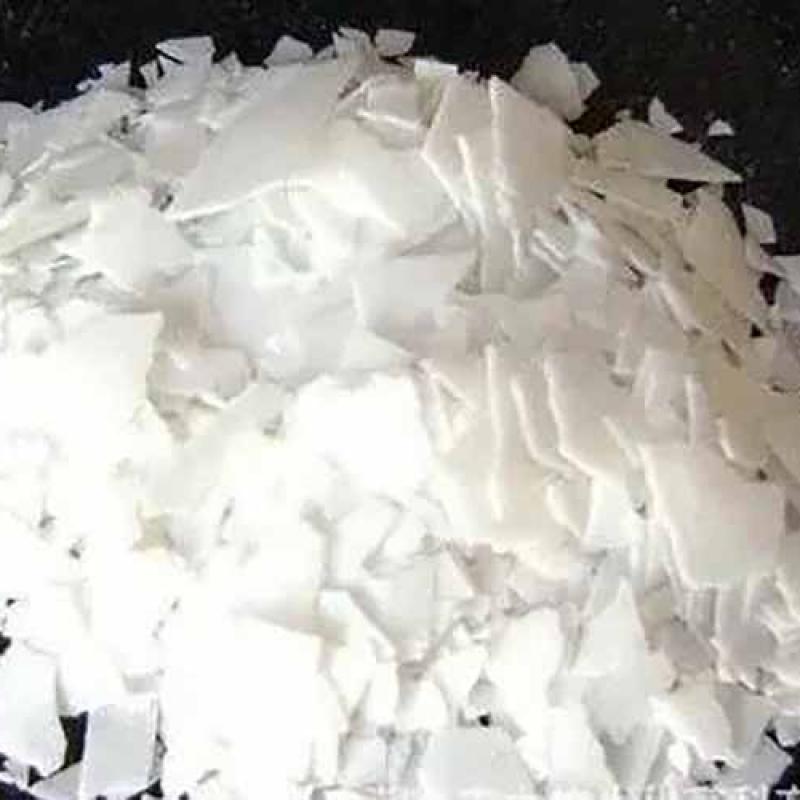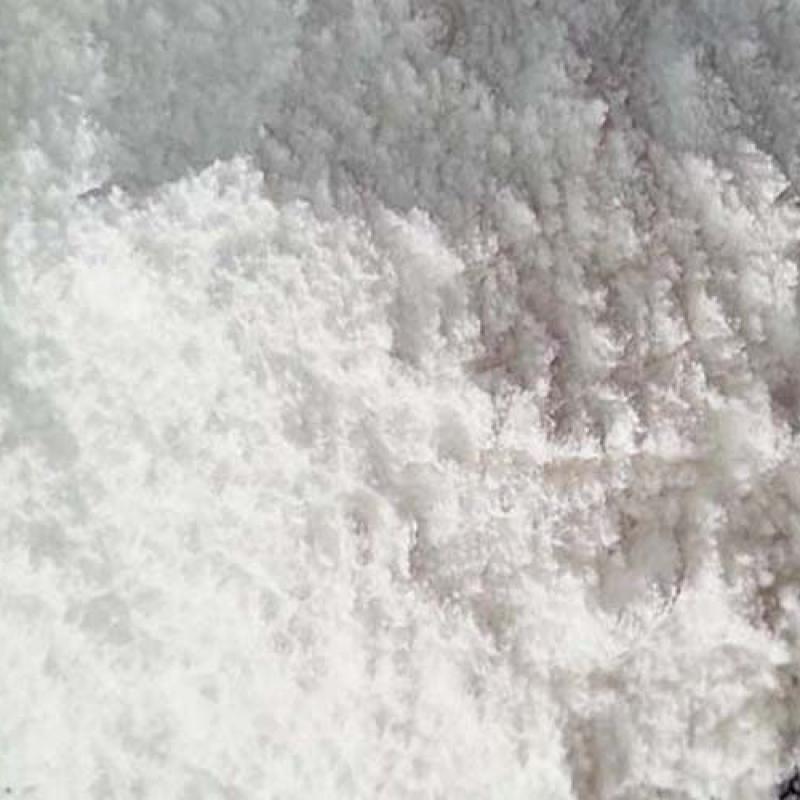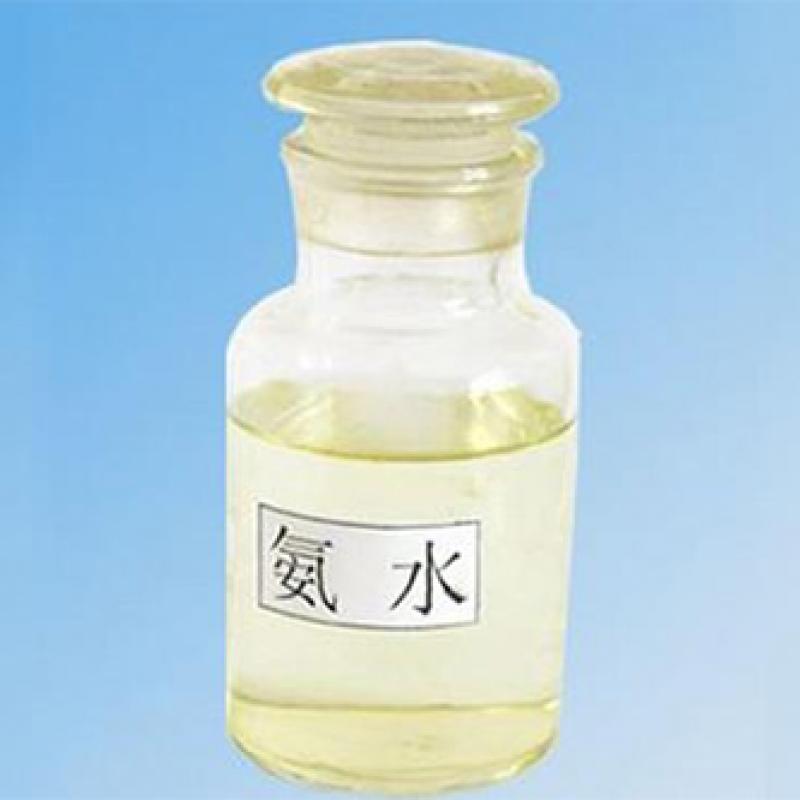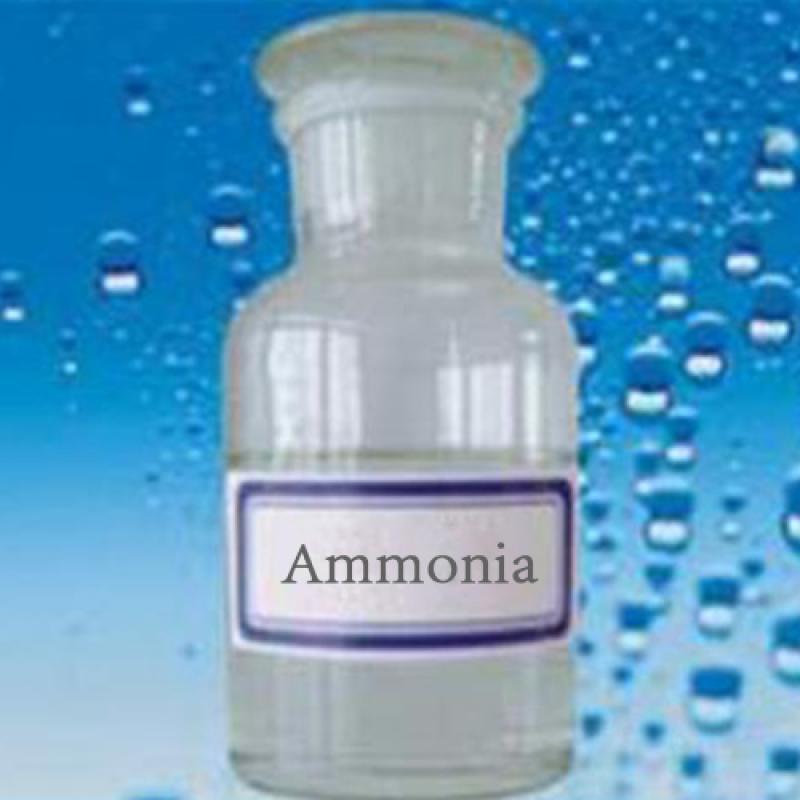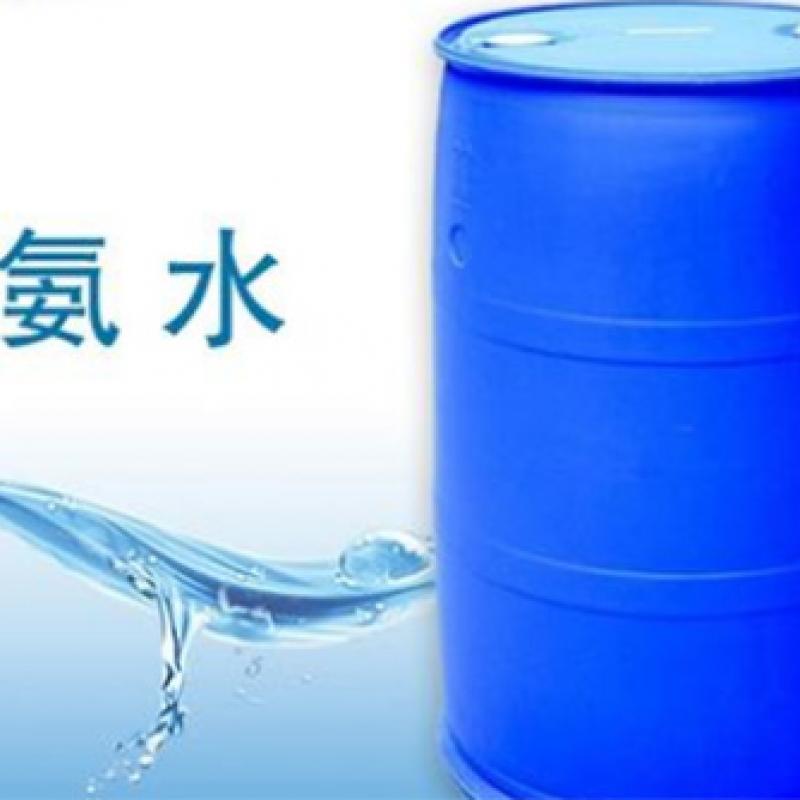TDI-manufacture,factory,supplier from China
(Total 24 Products for TDI)
The toluene diisocyanate has 2,4-toluene diisocyanates and 2,6-toluene diisocyanate (TDI).
Contact Now
There are two isomers of 2,4-toluene diisocyanate and 2,6-toluene diisocyanate (TDI). According to the content of the two isomers, there are three standard products in the industry: (1) TDI-65 contains 2,4-TDI65%, 2,6-TDI35%; (2) TDI-80 contains 2,4- TDI80%, 2,6-TDI20%, more common; (3) TDI-100 contains 2,4-TDI100%. Carbon dioxide occurs with water effect. Easy to work with compounds containing active hydrogen atoms. Linear polyurethane or polyurethane resin with diol effect.
Contact Now
Properties: White or slightly yellow scaly crystals with unique fragrance.
Solubility: Insoluble in water, acid and alkali, but soluble in organic solvents such as alcohol, ether and benzene.
Contact Now
The industrial neighborl xylene is a raw material, first washes the acid layer to the acid layer colorless, then use 10% sodium hydroxide solution, water is washed to pass, and the aqueous layer is separated, and the calcium chloride is borned with anhydrous carbon. After the distinction is low, the intermediate fraction is collected, that is, a pure product.
Contact Now
its density is 1.542g/cm3, its melting point is 153-159℃, and water and carbon dioxide are differentiated and launched above a hundred seventy five℃. citric acid is without problems soluble in water and ethanol, its solubility is 59% at 20℃, and the ph of its 2% aqueous solution is 2.1.
Contact Now
Antioxidant is a kind of chemical substance. When it is only a small amount in the polymer system, it can delay or inhibit the progress of the polymer oxidation process, thereby preventing the aging of the polymer and prolonging its service life. It is also called " Anti-aging agent".
Contact Now
A substance that can reduce the surface tension of water, solution, suspension, etc., prevent the formation of foam, or reduce or eliminate the original foam. [1]
Contact Now
Colorless tasteless oily liquid, boiling point 343 ° C (0.101 MP), flash point (open cup) 204 ° C, freezing point -80 ° C, volatile rate 0.00009 g / cm, hour (105 ° C), hydrolysis rate 0.1% (100) ° C, 6 hours), soluble in most organic solvents. Resin compatible with polyvinyl chloride, polystyrene, vinyl chloride-vinyl acetate copolymer, nitrocellulose, ethylcellulose, polyvinyl butyal butyal. It is compatible with cellulose acetate and phrochloride cellulose.
Contact Now
Colorless tasteless oily liquid, boiling point 343 ° C (0.101 MP), flash point (open cup) 204 ° C, freezing point -80 ° C, volatile rate 0.00009 g / cm, hour (105 ° C), hydrolysis rate 0.1% (100) ° C, 6 hours), soluble in most organic solvents. Resin compatible with polyvinyl chloride, polystyrene, vinyl chloride-vinyl acetate copolymer, nitrocellulose, ethylcellulose, polyvinyl butyal butyal.
Contact Now
Industrial ammonia is an aqueous solution containing 25% to 28% ammonia. Only a small part of ammonia molecules react with water to form ammonia monohydrate, which is a weak base that only exists in ammonia.
Contact Now
Appearance and properties: colorless liquid, almost odorless
Molecular weight 90.12 Vapor pressure 0.51 kPa/20℃ Flash point: 43℃
Melting point -70°C boiling point: 135.1°C solubility can be miscible with water and most organic solvents such as ethanol
Density (D4) 0.925-0.935
Contact Now
Dissolving function: soluble in water and some solvents, such as ethanol/water, propanol/water in appropriate proportions. The aqueous solution has surface activity. High transparency and stable function. Different standard products have different gel temperatures and solubility changes with viscosity. The lower the viscosity, the greater the solubility. Different standards of HPMC have different functions. The dissolution of HPMC in water is not affected by pH.
Contact Now
it can also be used as high octane gasoline components, is an important raw material for organic chemicals. It can also be used to remove the bitumen of the body. The hospital pathology is primarily used for tissue, slice of pilot and dewaxing.
Contact Now
In fact, any kind of antioxidant can not fully meet these conditions. Therefore, in actual application, it is often based on the variety, use and processing method of engineering plastics, using the strengths of various additives and cooperating to produce synergistic effects.
Contact Now
Appearance and traits: white crystals, extremely salty, non -toxic. It is easy to solverate in water, ether, glycerin and alkali, slightly soluble in ethanol, but insoluble in water -free ethanol, which is hygroscopic and easy to lump; New potassium salt is generated by reciprocating and disintegrating.
Contact Now
Appearance: Light yellow to white granular crystals (semi-circular) white to light yellow loose crystals, heating is made black. Microfincture.
Content: ≥ 85%
Melting point: 98-102 ° C
Dry loss: ≤0.2%
Contact Now
Potassium hydroxide is strongly alkaline and corrosive, and its properties are similar to sodium hydroxide, which can cause burns. It can absorb water and dissolve in the air, and absorb carbon dioxide to gradually become potassium carbonate. The pH of the 0.1 mol/L solution is 13.5.
Contact Now
Acetic acid, also called acetic acid, glacial acetic acid, chemical CH3COOH, is an organic monovic acid, which is the main component of vinegar.
Contact Now
Citric acid (CA), also known as citric acid, with the molecular formula C₆H₈O₇, is an important organic acid. It is colorless crystals, odorless, has a strong acid taste, is easily soluble in water, and is a natural preservative and food additive .
Contact Now
The melting point is 13.5°C, the boiling point is 140.9°C, and the density (20/4°C) is 1.0611g/cm3. The chemical nature is lively. It is easy to polymerize in air and can be reduced to propionic acid by hydrogenation. Addition with hydrogen chloride generates 2-chloropropionic acid. Used in the preparation of acrylic resins and other organic synthesis. It is made by oxidation of acrolein or hydrolysis of acrylonitrile, or made by carbon monoxide, acetylene and water under the action of nickel catalyst.
Contact Now
the crystal form of citric acid is exclusive due to distinctive crystallization conditions. it's miles barely weathered in dry air and hygroscopic in humid air. when heated, citric acid may be differentiated into diverse merchandise, that could react with acid, alkali, glycerin, and so on.
Contact Now
Acrylic acid has a chemical formula of C3H4O2 and a molecular weight of 72.06.
Contact Now
Relate News
TDI is the abbreviation of toluene diisocyanate. TDI is a polycyanate widely used in industrial production. It is a polyurethane material and an important basic material. Mainly used to make flexible polyurethane foam, polyurethane elastomer, coatings, adhesives, etc.
TDI (toluene diisocyanate) is one of the commonly used polyisocyanate, and polyisocyanate is an important base material of polyurethane (PU). The TDI commonly used in the polyurethane industry is a mixture of 2,4-TDI and 2,6-TDI isomers, including three commonly used grades.
Jinan City Operation Center Market Promotion Plan
Car urea is an essential product for heavy-duty diesel vehicles to meet the National IV emission standards. Vehicle urea refers to an aqueous urea solution with a urea concentration of 32.5% and ultrapure water as the solvent. The raw materials are urea crystals and ultrapure water. For diesel vehicles such as heavy trucks and passenger cars to meet the National IV emission standards, a suitable SCR system must be selected for exhaust gas treatment, and this system must use urea solution to treat nitrogen oxides in the exhaust gas.
Ammonia water, also known as Ammonia water, is a solution of ammonia dissolved in water, is colorless and transparent liquid, has a special irritating odor, volatile, corrosive, weak alkaline, unstable and flammability and other characteristics.
Ammonia is one of the important varieties for chemical product inspection. Ammonia inspection is one of the important links widely used in industries such as industry, agriculture, textiles, medicine, printing and dyeing, and food.
In order to reasonably configure and correctly use, maintain and maintain equipment, meet the needs of inspection items, and ensure that the inspection results are correct and reliable, this system is specially formulated for use by all inspectors in the coal inspection room.
The principle of potassium hydroxide removal of oil stains is actually a simple chemical principle. Since oil stains are a lipid chemical substance, from the analysis of its chemical composition, they are higher fatty acids and glycerides.
Titanium dioxide for the production of titanium dioxide, titanium sponge, titanium alloy, artificial rutile, titanium tetracloride, titanium sulfate, potassium fluorotitanate, aluminum chloride titanium, etc.
Ammonia is an aqueous solution of ammonia. It is colorless, transparent and has a pungent smell. So what are the properties of ammonia?
Ammonia is a kind of ammonia water mainly composed of NH3·H2O. It is a colorless and transparent ammonia solution with pungent odor.
Ammonia water is an aqueous solution of ammonia dissolved in water. Due to the complexity of its components, ammonia water shows diversity in its properties.

